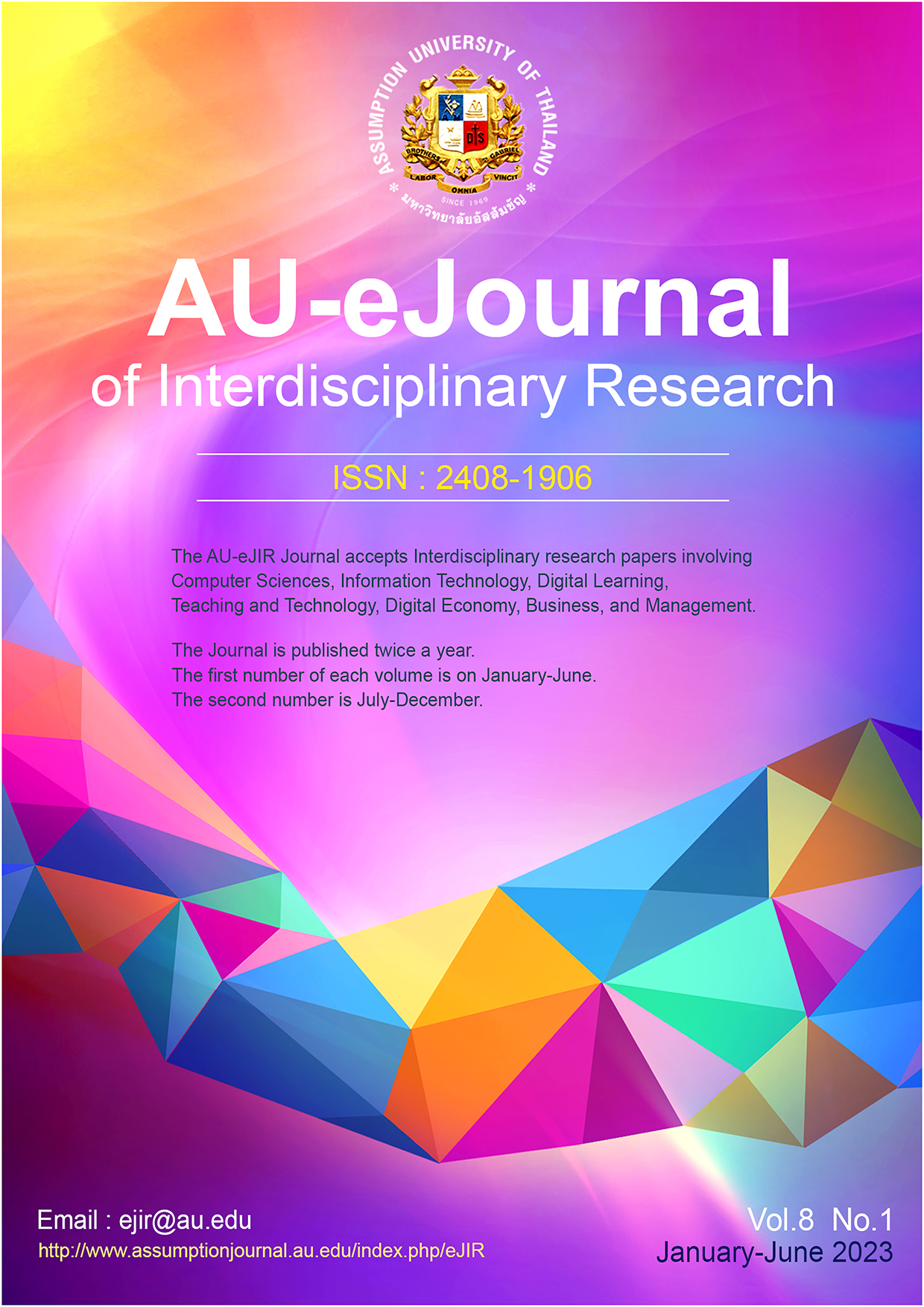RELATIVE VALUATION OF STOCKS: EVIDENCE FROM THE LISTED CEMENT MANUFACTURING COMPANIES OF BANGLADESH
Keywords:
Fundamental analysis, Comparables, Valuation, Absolute valuation, Relative valuation, Multiple analysis, Screening on multiplesAbstract
The paper aims to apply the relative valuation technique to the listed cement manufacturing companies of Bangladesh and address whether they are mispriced (overvalued/undervalued) or not. It considers the financial information of seven listed cement manufacturing companies of Bangladesh. All the financial data used in this study has been collected from the annual reports published in their websites for the financial year 2020-2021. On the contrary, closing prices of their stocks for the same year has been collected from the website of the Chittagong Stock Exchange (CSE), one of the two major stock exchanges of Bangladesh. The study reveals that in terms of the selected multiples (PS, PE and PB) all the sample companies are undervalued. But when comparison is made in terms of the relative value and the market value, six companies except one were found undervalued. This implies that despite their strong financial and operating performance, the stocks of the listed cement manufacturing companies are not correctly priced.
References
Block, S. (1999). A Study of Financial Analysts: Practice and Theory. Financial Analysts Journal, 55(4), 86-95.
Boatsman, J., & Bakin, E. (1981). Asset valuation with incomplete markets. The Accounting Review, 56(1), 38-53.
Bosu, S. (1977). The Investment Performance of the Common Stocks in Relation to their Price-Earnings Ratios: A Test of the Efficient Market Hypothesis. Journal of Finance, 32(3), 663-682.
Brown, K. C., & Reilly, F. K. (2009). Analysis of Investments and Management of Portfolios (9th ed.). South-Western Cengage Learning.
Business Inspection. (November 30, 2021). Cement Industry of Bangladesh: Challenges and Future Opportunities.
https://businessinspection.com.bd/cement-industry-of-bangladesh/
Damodaran, A. (2006). Valuation: Security analysis for investment and corporate finance (2nd ed.). John Wiley & Sons.
Dhankar, R. S., & Kumar, R. (2007). Portfolio Performance in relation to Price Earnings Ratio: A test of efficiency under different economic conditions. The Journal of Applied Finance, 13(1), 37-45.
Dyckman, T. R., & Morse, D. (1986). Efficient Capital Markets and Accounting (2nd ed.). New Jersey: Prentice Hall.
Ershad, S., Uddin, M. M., & Faruk, M. O. (2021). Analysis on the Financial Performance of Selected Cement Industries of Bangladesh. International Journal of Finance Research, 2(1), 46-57.
Gill, S. (2003). Price-earnings ratio revisited. Finance India, 17(3), 937-951.
Haskins, M. E., Ferris, K. R., Sack, R. J., & Allen, B. R. (1997). Financial Accounting and Reporting (2nd ed.). Irwin.
Herrmann, V., & Richter, F. (2003). Pricing with performance-controlled multiples. Schmalenbach Business Review, 55, 194-219.
Hossin, M. S., & Islam, M. S. (2019). Stock Market Development and Economic Growth in Bangladesh: An Empirical Appraisal. International Journal of Economics and Financial Research, Academic Research Publishing Group, 5(11), 252-258.
Islam, M. R., & Rahman, M. S. (2020). Financial performance of cement industry in Bangladesh: A comparative analysis of profitability, liquidity, and solvency ratios. Journal of Business and Technology (Dhaka), 15(1), 23-45.
Liu, J., Nissim, D., & Thomas, J. (2002). Equity valuation using multiples. Journal of Accounting Research, 40(1), 135-172.
McWilliams, J. (1966). Prices, Earnings and P-E Ratios. Financial Analysts Journal, 22(3), 137-142.
Nicholson, S. (1968). Price Ratios in Relation to Investment Results. Financial Analysts Journal, 24(1), 105-109.
Omran, M. F. (2009). Favorable clientele effect and the valuation multiples of Islamic financial institutions in the United Arab Emirates. Nile University.
O’Shauhnessy, J. P. (1998). What Works on Wall Street?. McGraw Hill.
Park, Y. S., & Lee, J. (2003). An Empirical Study on the Relevance of Applying Relative Valuation Models to Investment Strategies in the Japanese Stock Market. Japan and World Economy, 15(3), 331-339.
Penman, S. H. (1996). The Articulation of Price-Earnings Ratios and Market-to-book Ratios and the Evaluation of Growth. Journal of Accounting Research, 34(2), 235-259.
Penman, S. H. (2013). Financial Statement Analysis and Security Valuation (5th ed.). McGraw Hill Higher Education.
Skogvsik, K., & Skogsvik, S. (2008). P/E-Ratios in Relative Valuation- A Mission Impossible?. Investment Management and Financial Management, 5(4), 237-248.
Tasker, S. C. (1998). Industry preferred multiples in acquisition valuation. Cornell University.
Uddin, M. M., Islam, R., Rouf, M. A., & Kayser, M. J. (2019). Environmental Reporting Disclosures Practices of Listed Ceramic and Cement Companies at DSE in Bangladesh. Global Journal of Management and Business Research: Accounting and Auditing, 19(5), 1-10.
Uddin, M. S., & Rahman, M. S. (2020). Impact of COVID-19 pandemic on stock market of Bangladesh. Asian Journal of Empirical Research, 10(8), 188-199.





